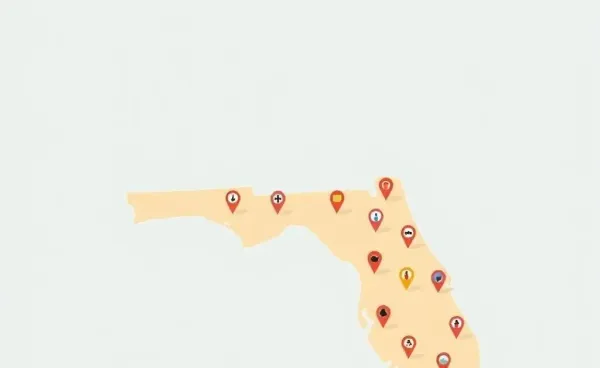How to Secure Your Child's Financial Future: Practical Tips for Saving and Investing
Discover smart ways to save for your child's future through practical savings and investment strategies.

Have you ever found yourself wondering how best to set your kids up for a bright future? It's a thought that crosses most parents' minds, often starting when those little ones are just babies.
Why Start Saving Early?
Think of saving for the future like planting a tree. The earlier you start, the bigger and stronger it grows. Whether it’s for college, a first car, or even their first home, setting aside money early gives it time to grow.

1. Open a Savings Account
This might seem old-school, but a simple savings account can be a great start. Watch how even small, regular deposits can grow over time. It’s like dipping a toe in the financial waters without taking on too much risk.
- Look for accounts with good interest rates.
- Ensure the account has no fees eating into your savings.
- Consider setting up a standing order for regular deposits.
2. Junior ISAs: A Tax-Free Gift
These are designed for children, allowing tax-free savings up to a certain limit each year. Just picture it: by the time your child is 18, a Junior ISA could potentially have grown into a decent nest egg.
Investing for Greater Returns
Investing might sound daunting, but it doesn’t have to be. Consider options that align with your risk tolerance and financial goals.

3. Stocks and Shares
Stocks and shares can offer higher returns than savings accounts in the long term. You might even consider a diversified investment fund to spread risk and maximize growth potential.
4. Education Plans
In many places, there are special education savings plans that offer tax advantages. It’s worth exploring these to see if they fit your child’s future educational goals.
Remember: Investments can fluctuate, so it's wise to take a long-term view and diversify as much as possible.

A Personal Touch: Family Finance Storytime
Let’s share a quick anecdote. Imagine Sarah, who started saving just $20 a month into a basic savings account for her son, Max, from birth. As Max’s interests grew, Sarah added to it with birthday and holiday money. By the time Max turned 18, he had a fund substantial enough to buy his first used car, giving him independence and a head start in adulthood.
What Will Your Plan Be?
Ultimately, the best approach combines a variety of strategies to build financial resilience. Starting small, being consistent, and adjusting as your child grows are keys to success. What strategies are you considering to pave the way for your child's financial future?




